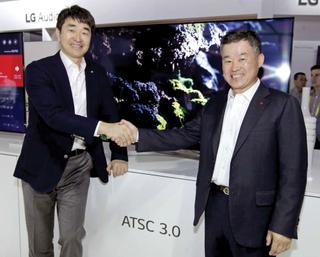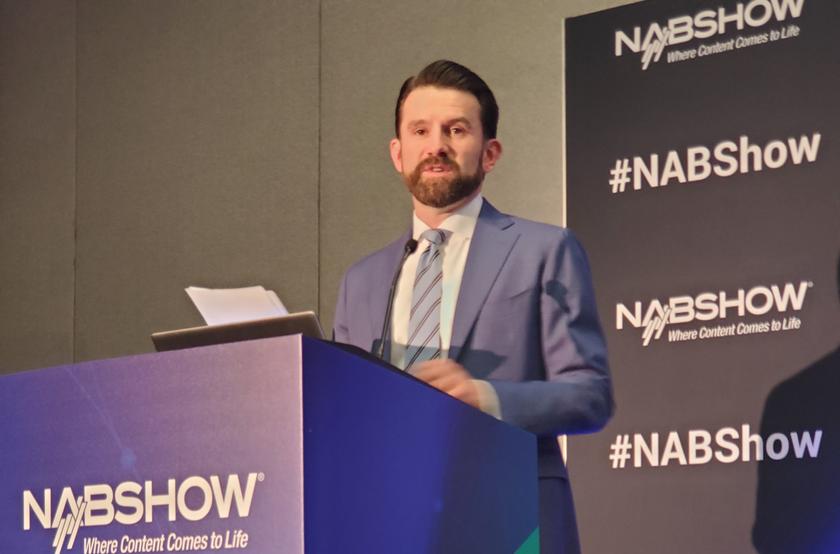Selling Next Gen TV
I have a real problem with ATSC 3.0 and it’s not with the technology or its capabilities. In fact I am excited by what I see as an answer to many challenges we face today. My problem is the way it is being marketed to the people who stand to benefit from it the most.

Let me start by saying many individuals and a few in particular have devoted a lot of time and effort into developing and advancing ATSC 3.0. People like Mark Aitken from Sinclair might argue they have dedicated their life over the past few years to this new technology and I would agree. Many broadcasters are behind the technology with large groups partnering on the technology in cities like Dallas and Phoenix to prove the capabilities. The results of their tests have been for the most part very positive.
Advocates of 3.0 and early adopters of the technology are often quoted, “Why aren’t 3.0 receivers being built into wireless phones?” “This stuff works so why isn’t the technology in the new products?” The answer is simple: Where is the demand? Yes, there is demand from the 3.0 technology sector but is that enough? I think not.
So, what is missing? If the viewer/user is your answer, then we are on the same page. Those of us who lived through the digital/HD transition remember the excitement among our viewers when they heard about better picture quality, sound and even more channels. That was a very exciting time and a time that the viewer welcomed, advocated and, I would say in most cases, helped to push the technology into the products as demand was there for the vendors to see. It’s true that technology was mandated and 3.0 is not—but that should not matter when it comes to giving people a reason to want something better.
Today, sadly about half the population, even some who are technically savvy have no idea what 3.0 is all about and many have never heard of it. There have been some great sessions at NAB, closed doors meetings, invitation-only conferences and most recently at the annual APCO Conference, and this is all good stuff. Again, the problem: Look at the audiences for these demos and you will see it’s government officials, broadcasters, trade press and primarily technology people.
The time has come for the public to be educated. There is strength in numbers and I seriously believe the way to get buy-in, demand and support is to show 3.0 to the people who will benefit from it. While there are many capabilities to this new technology, I would start with the capabilities of the emergency notification technology that is so important and a great feature of 3.0. Right now in the state of California, their notification system has huge gaps and lacks the ability to notify many parts of the population— this was witnessed in the recent wildfires. Many other states have the same challenges and on the other coast, hurricanes.
I realize this is only one feature but it is something people in those states can understand, appreciate and welcome. In another part of the country you might start with a different feature depending on your audience. Start marketing the most useful parts of the system—the parts that people can relate to and understand as a benefit to them. The nice pictures, sound and many other features will sell themselves once people see it. This is the path to success for 3.0—getting it in front of the people. This must be done now to begin seeing a demand for manufacturers to add the new technology to their products.
It’s time for broadcasters, content providers, maybe agencies and vendors/manufacturers to join together and begin educating the public. If not, this fantastic technology will face a rollout that will be slow and painful. The public has an amazing way of responding. The people behind the technology have brought it so far; now is the time to hand it off to a marketing team who can take it across the goal line and score. There is no reason this technology should linger and not be on a fast track to success.
Ken Wilkey is a broadcast/media consultant based in Los Angeles.
For a comprehensive source of TV Technology’s ATSC 3.0 coverage, see ourATSC3 silo.
Get the TV Tech Newsletter
The professional video industry's #1 source for news, trends and product and tech information. Sign up below.













